-
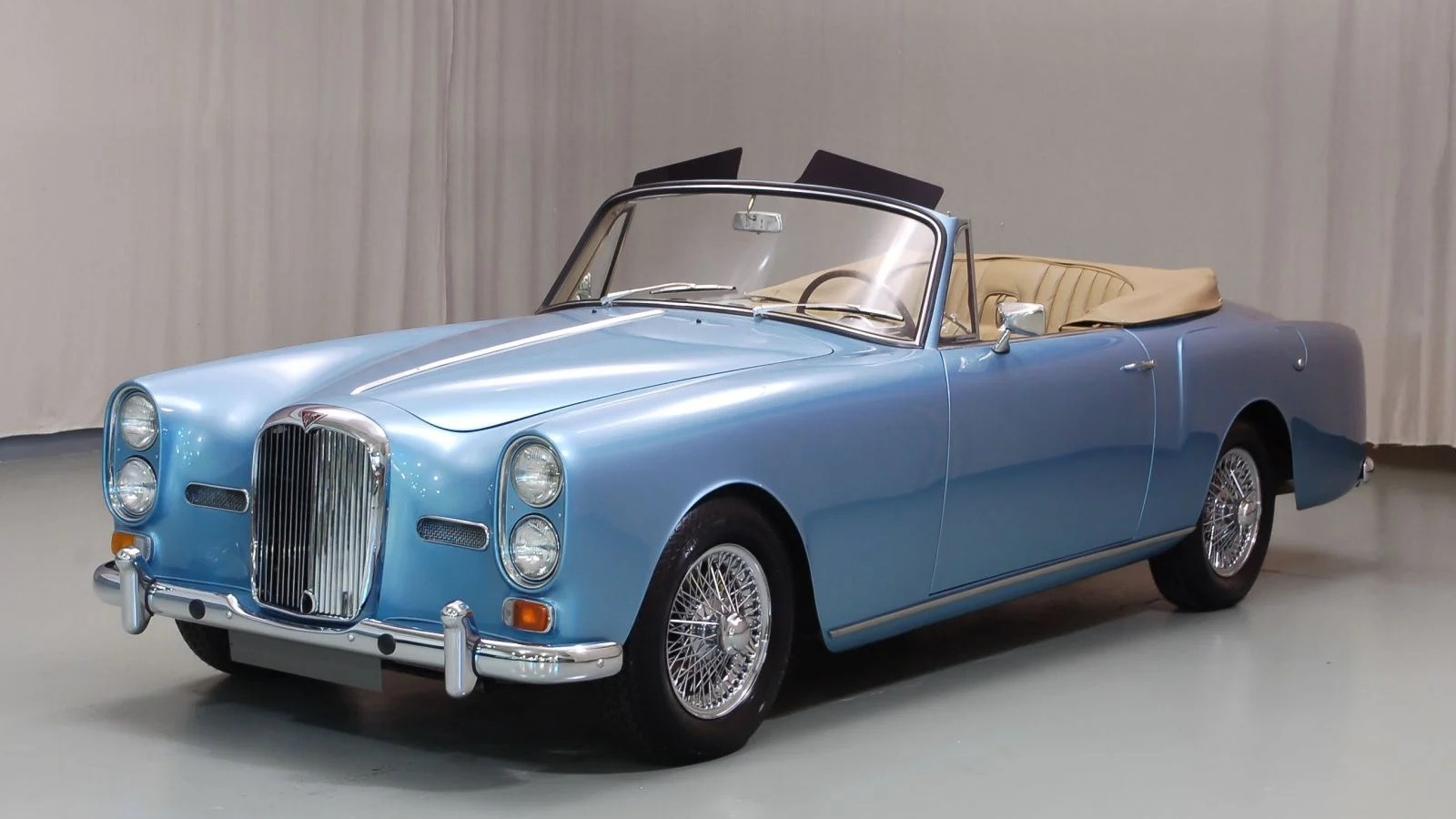 © Hyman Ltd
© Hyman Ltd -
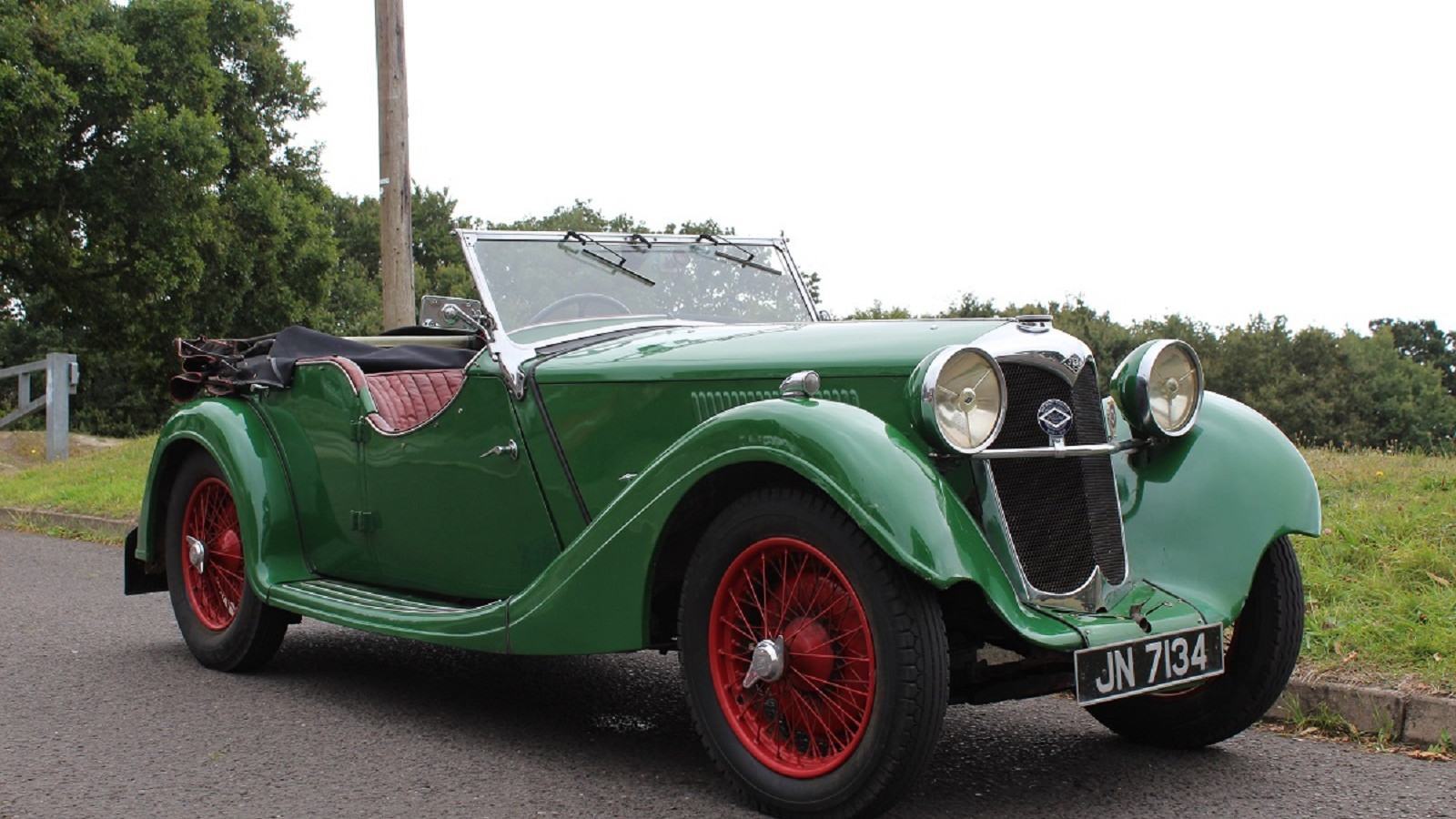 © SWVA
© SWVA -
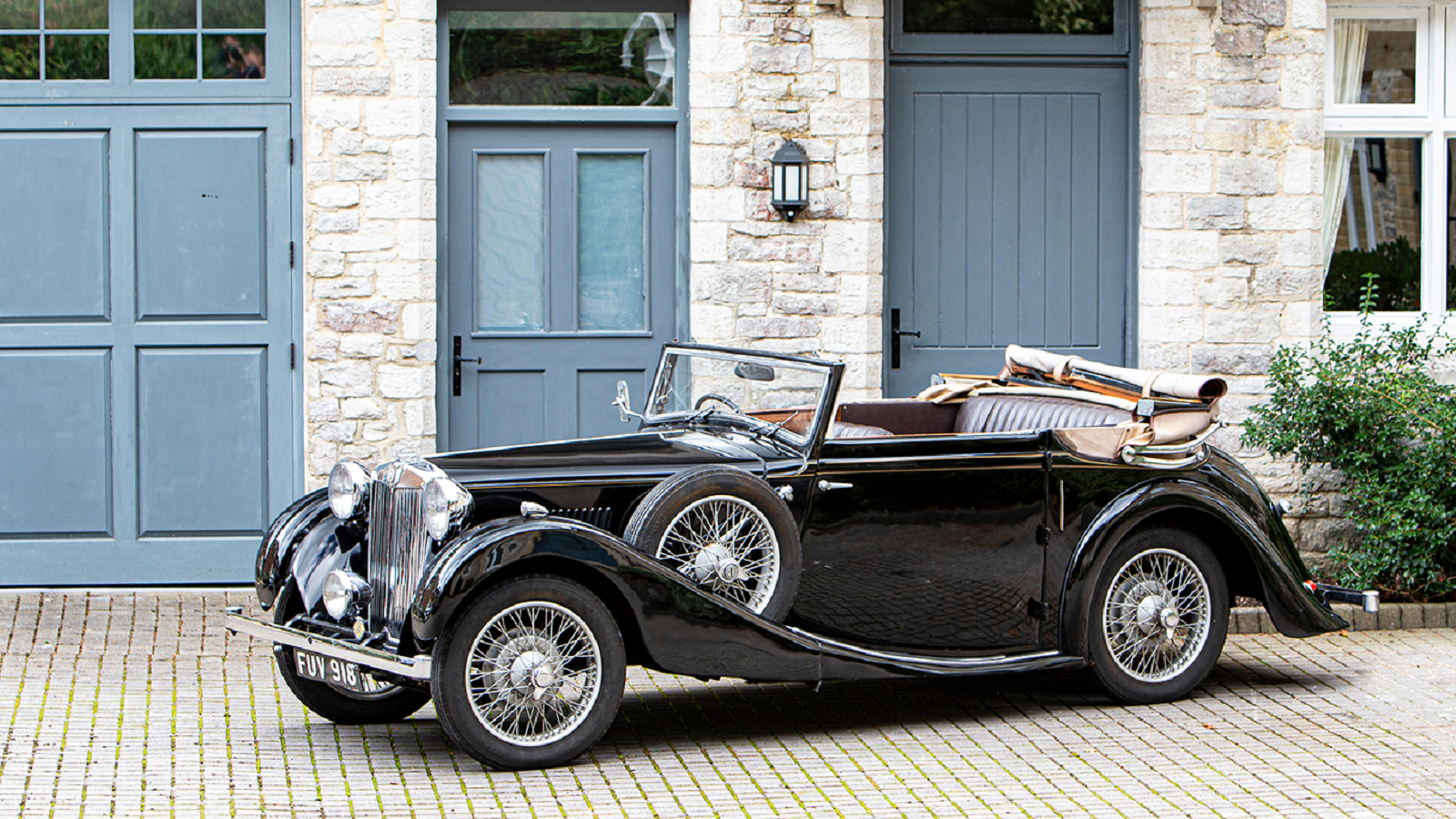 © Bonhams | Cars
© Bonhams | Cars -
 © Brightwells
© Brightwells -
 © Kevin Uy/RM Sotheby’s
© Kevin Uy/RM Sotheby’s -
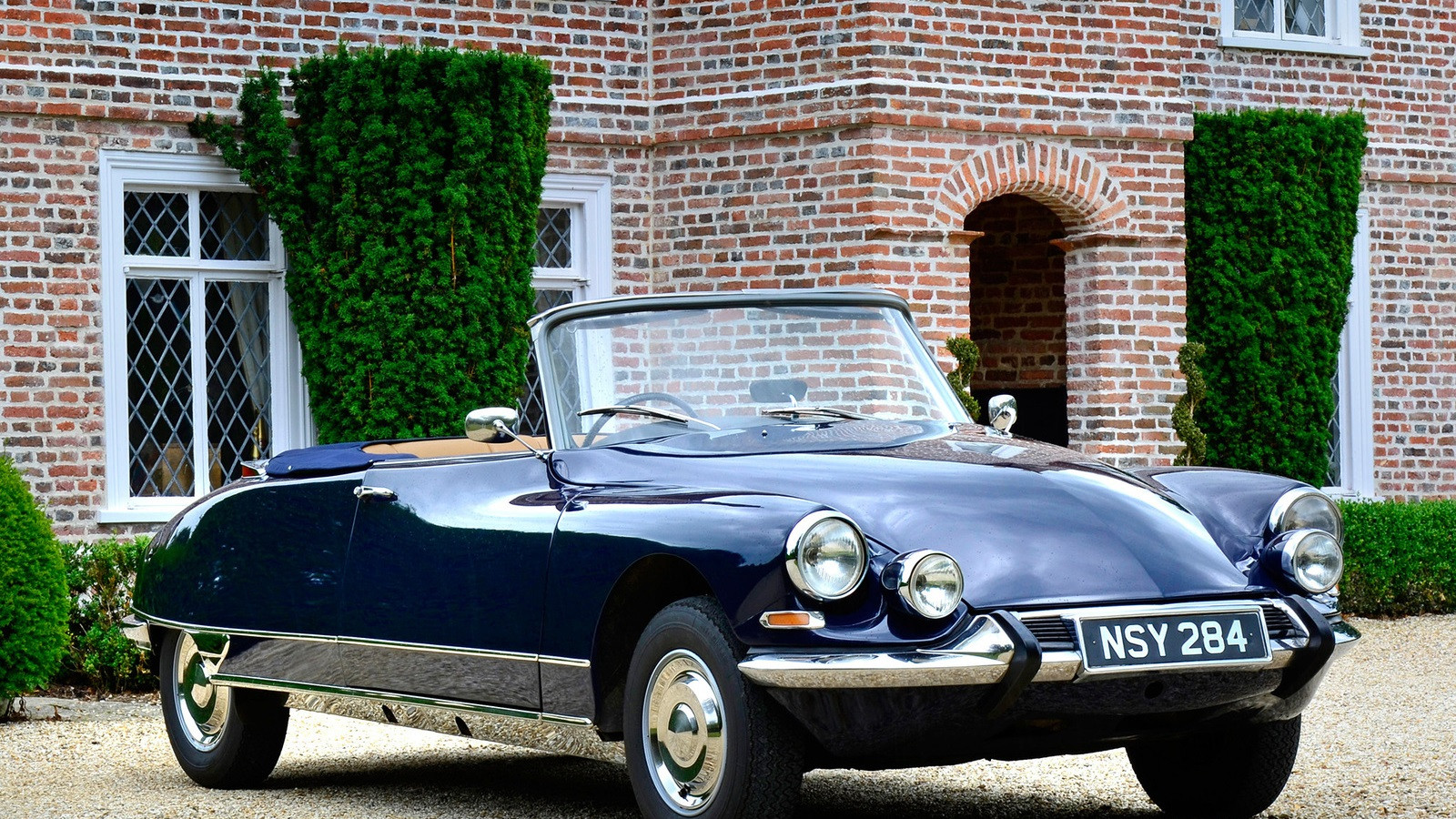 © Citroën
© Citroën -
 © Luc Lacey/Classic & Sports Car
© Luc Lacey/Classic & Sports Car -
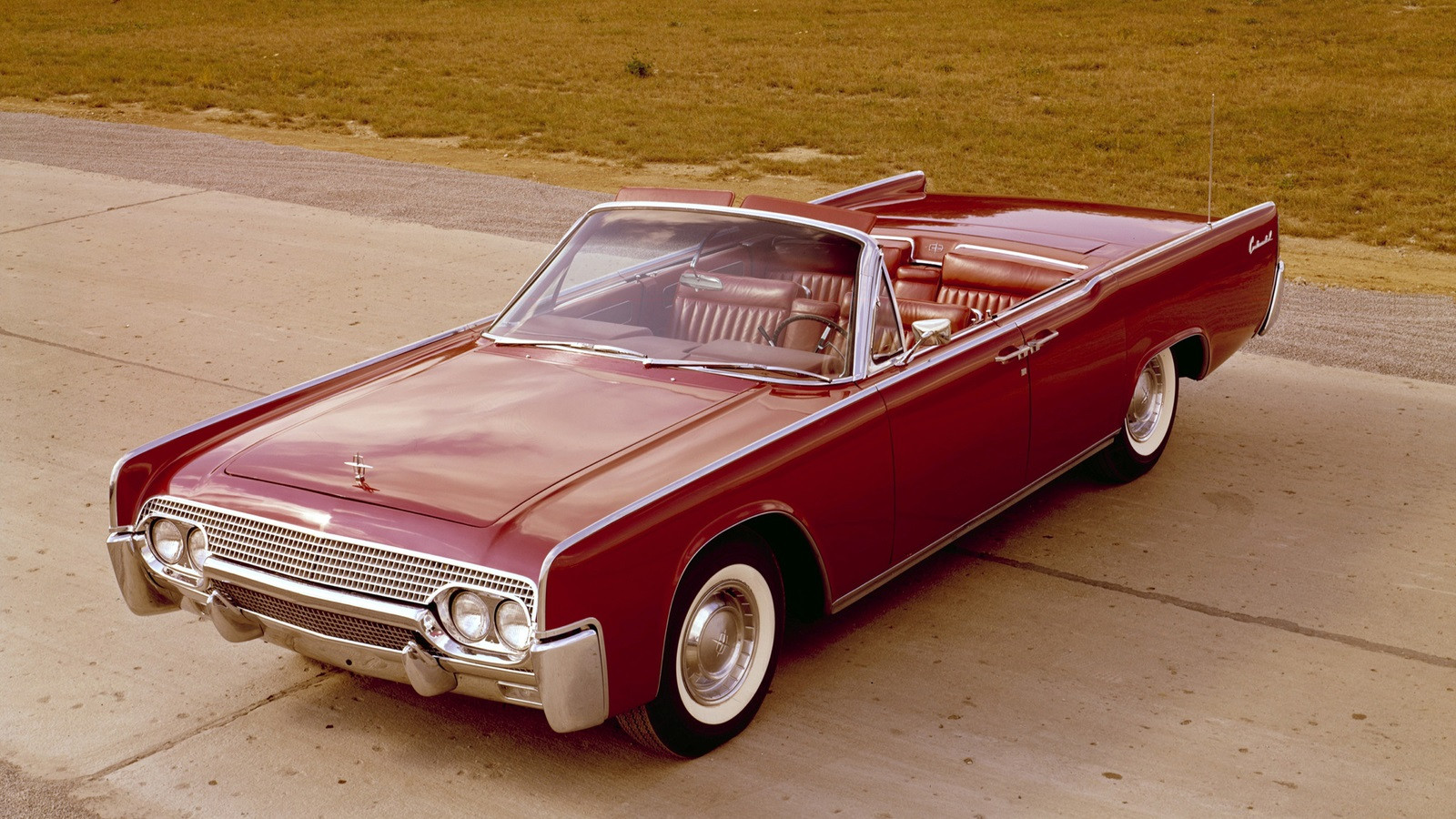 © Ford
© Ford -
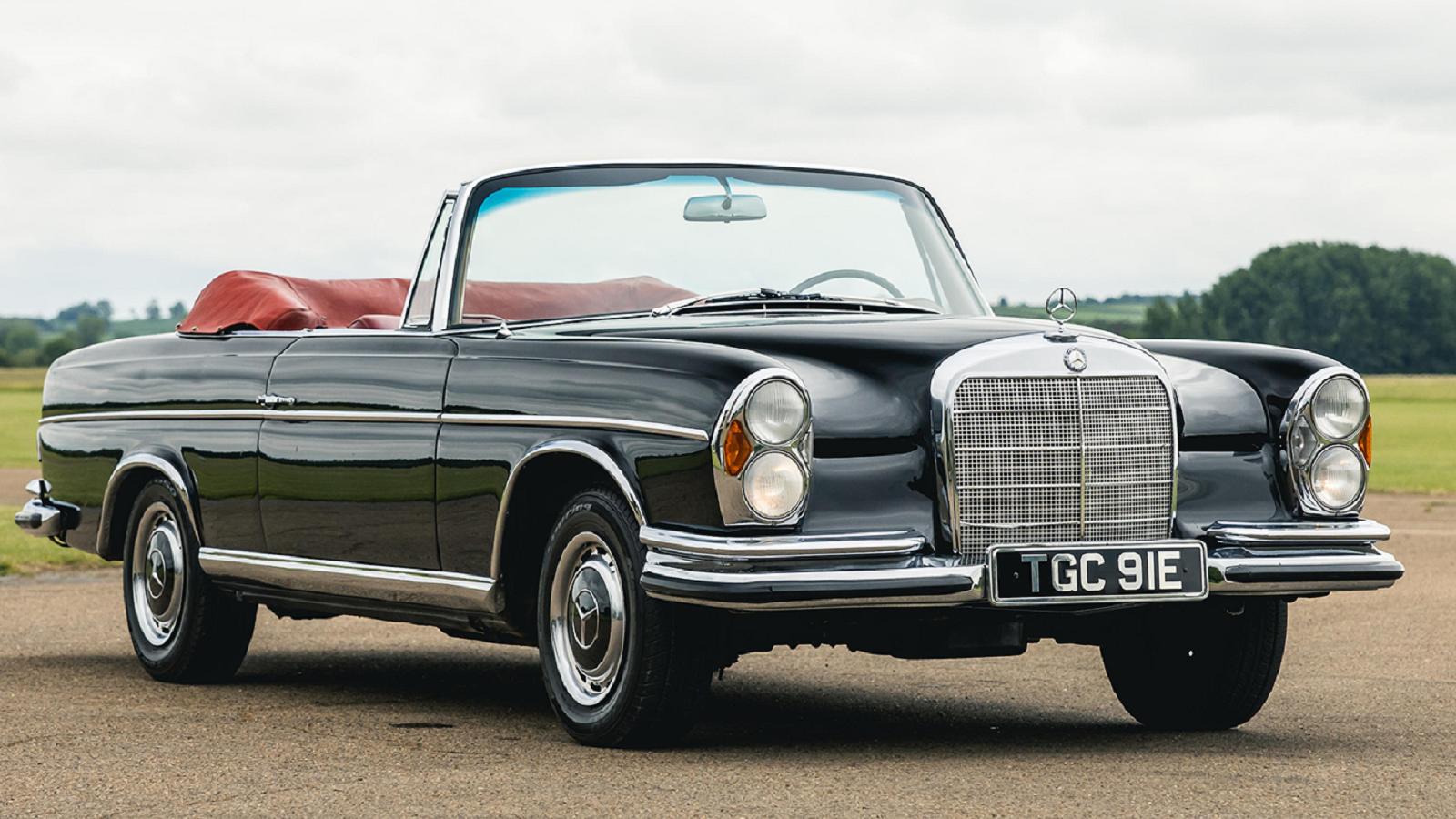 © Bonhams | Cars
© Bonhams | Cars -
 © James Mann/Classic & Sports Car
© James Mann/Classic & Sports Car -
 © Collecting Cars
© Collecting Cars -
 © Olgun Kordal/Classic & Sports Car
© Olgun Kordal/Classic & Sports Car -
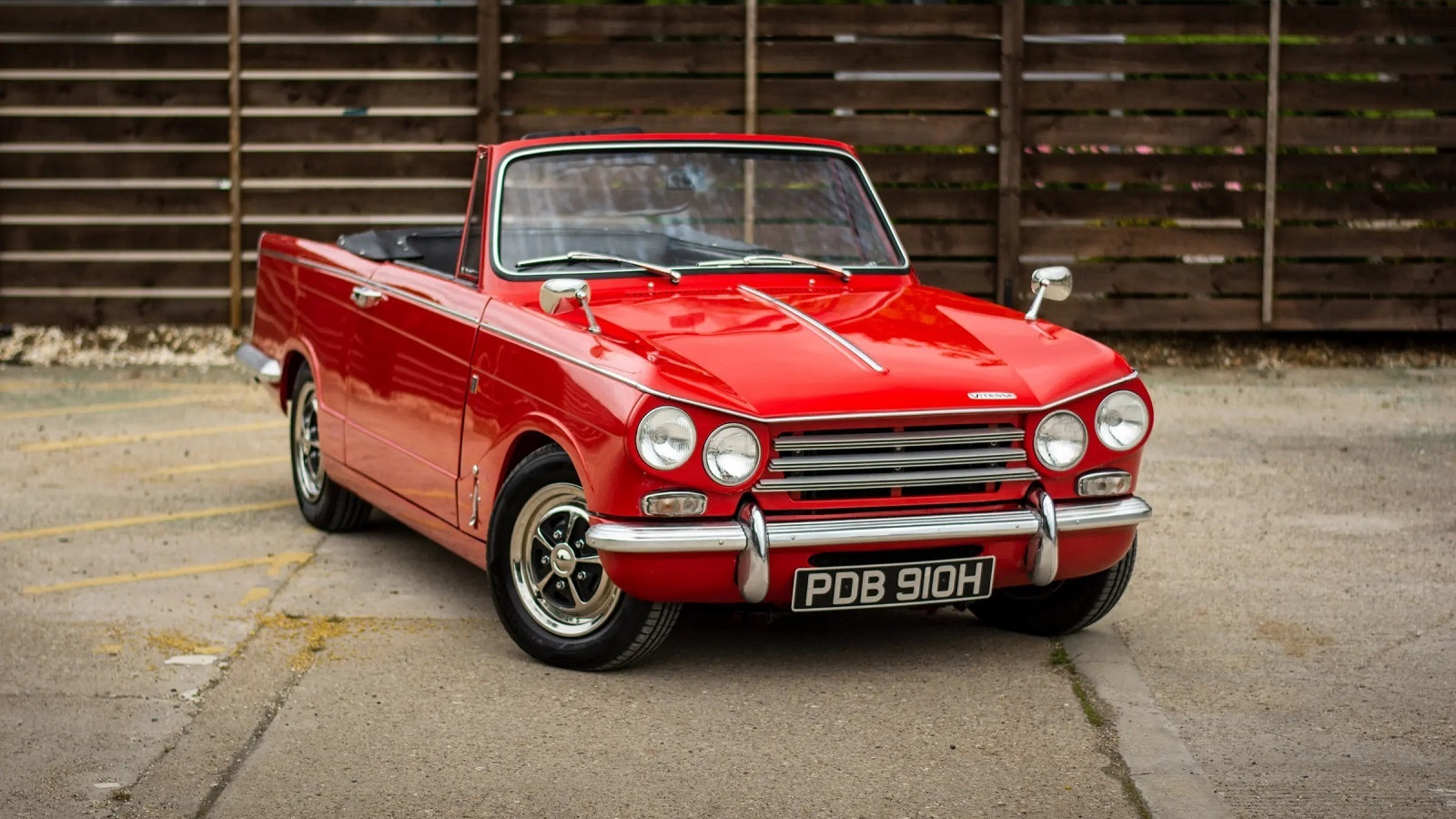 © Bonhams | Cars
© Bonhams | Cars -
 © Anglia Car Auctions
© Anglia Car Auctions -
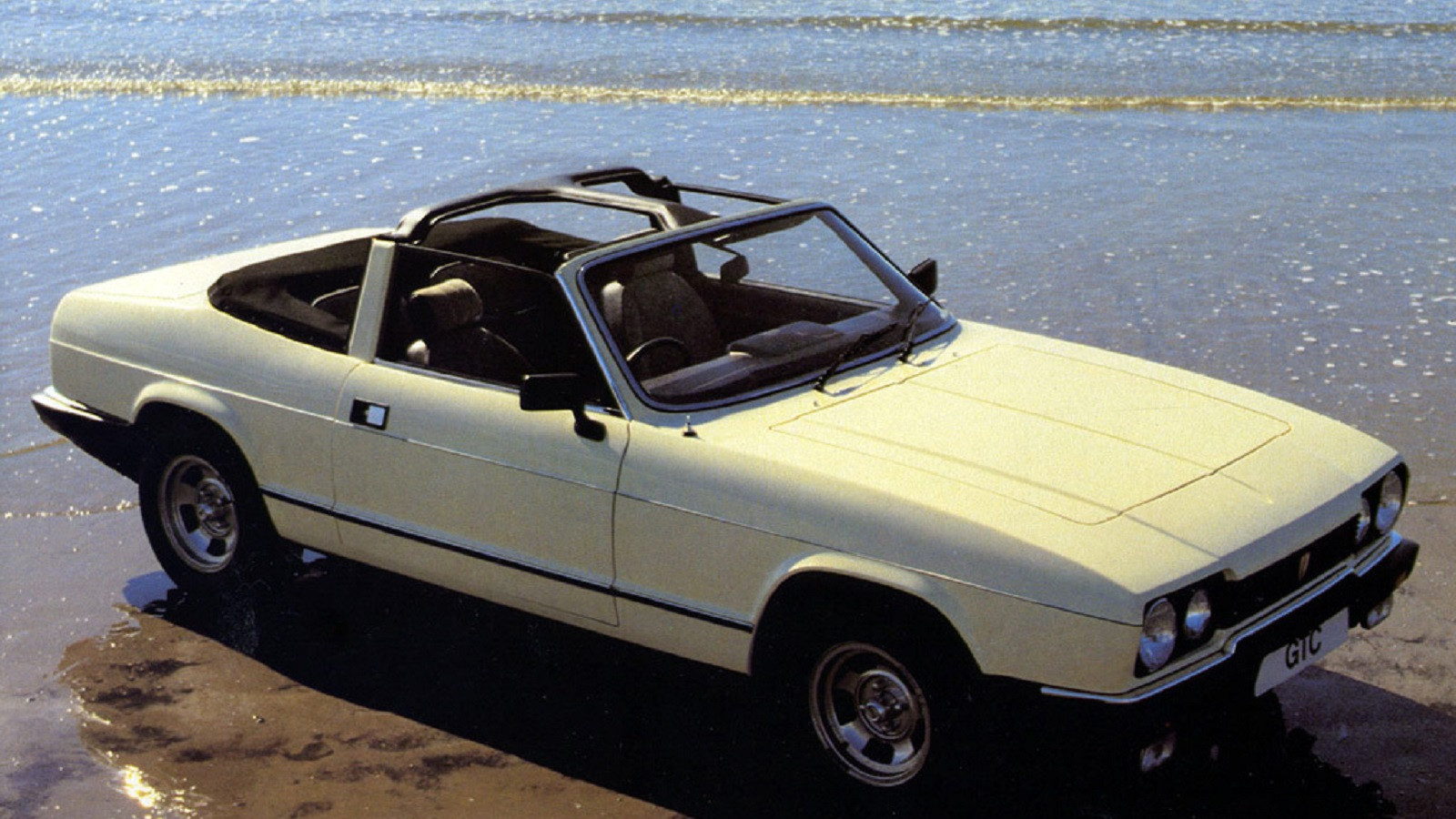 © Reliant
© Reliant -
 © Tony Baker/Classic & Sports Car
© Tony Baker/Classic & Sports Car -
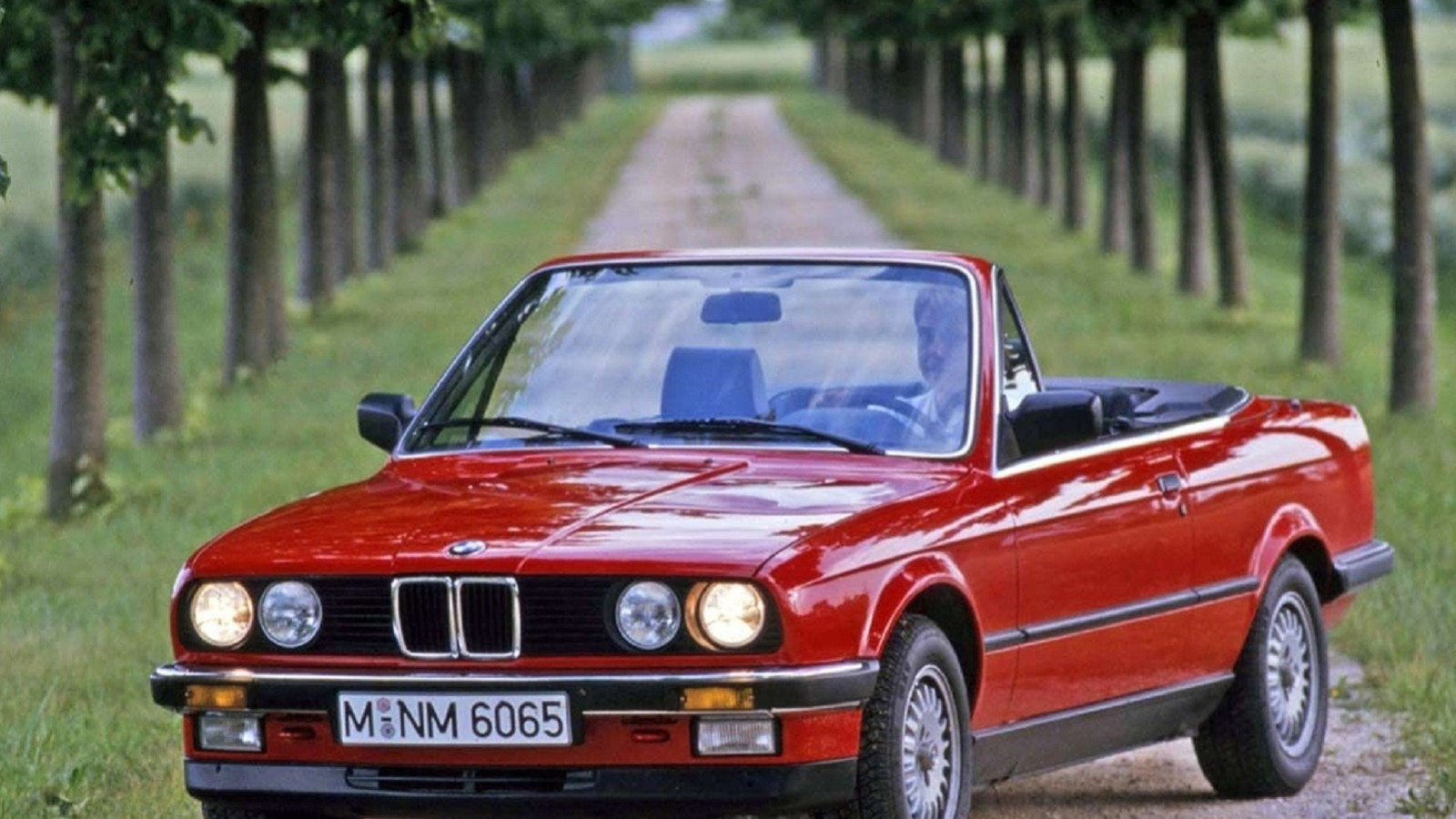 © BMW
© BMW -
 © Saab
© Saab -
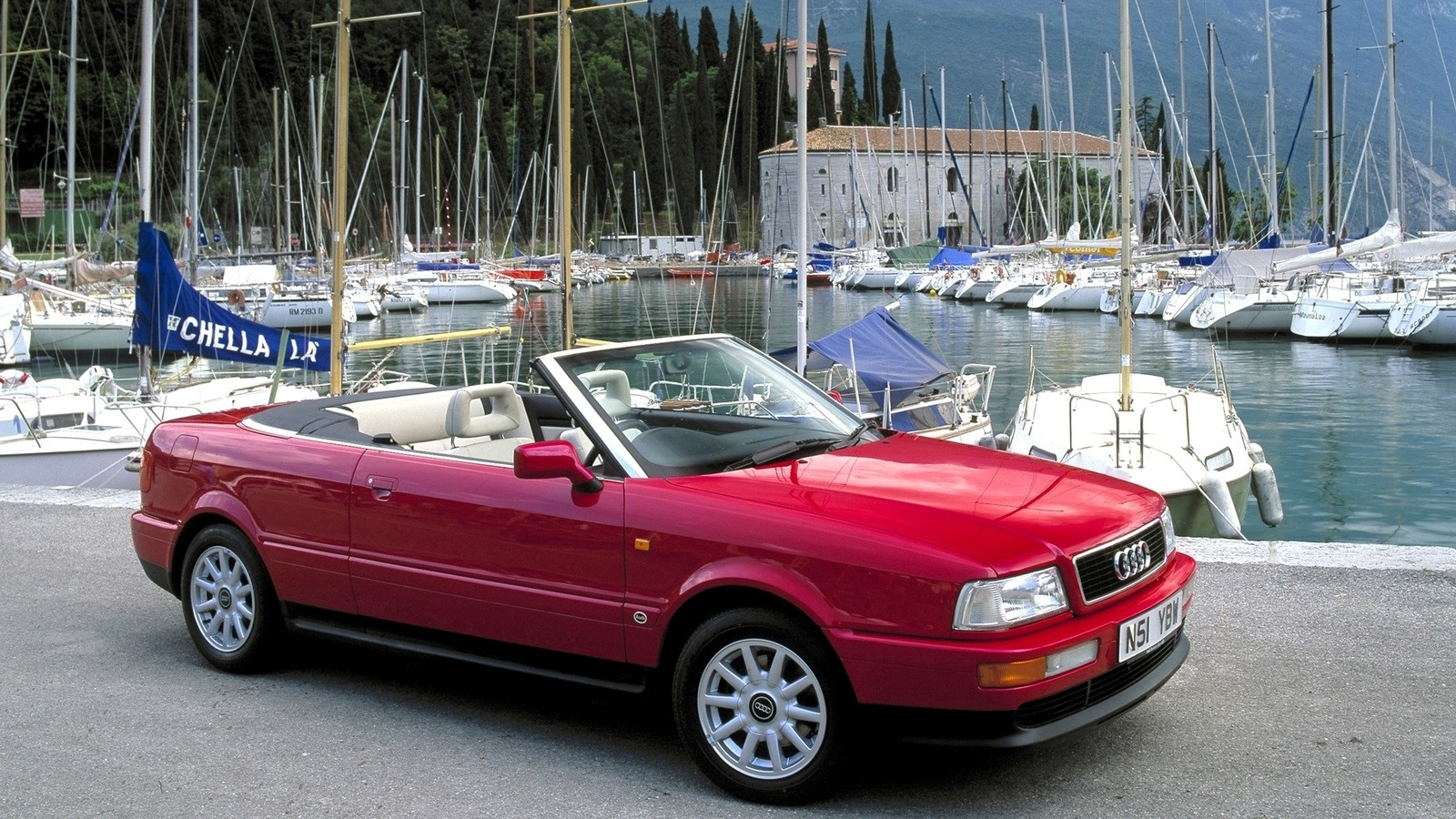 © Audi
© Audi -
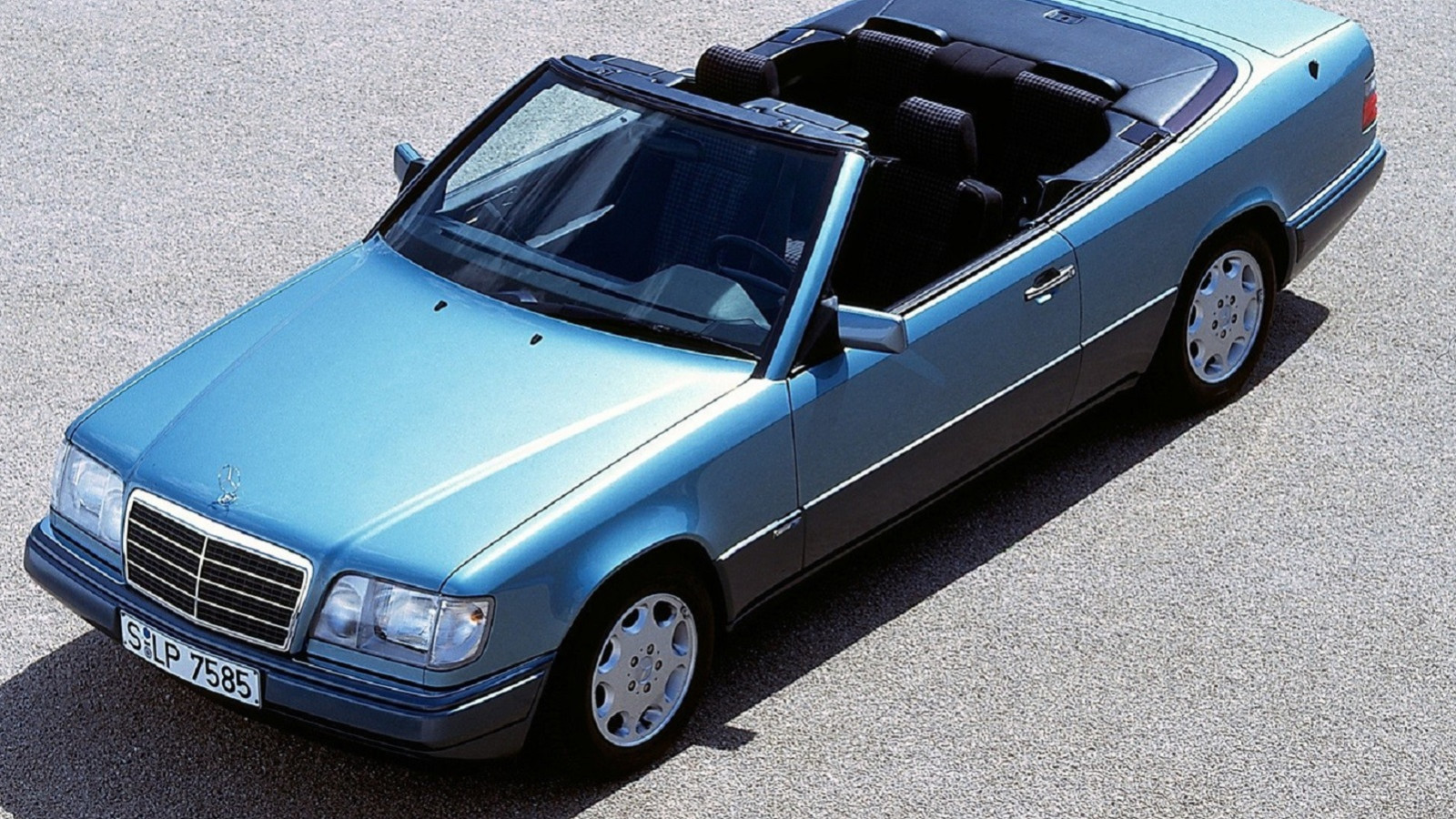 © Mercedes-Benz
© Mercedes-Benz -
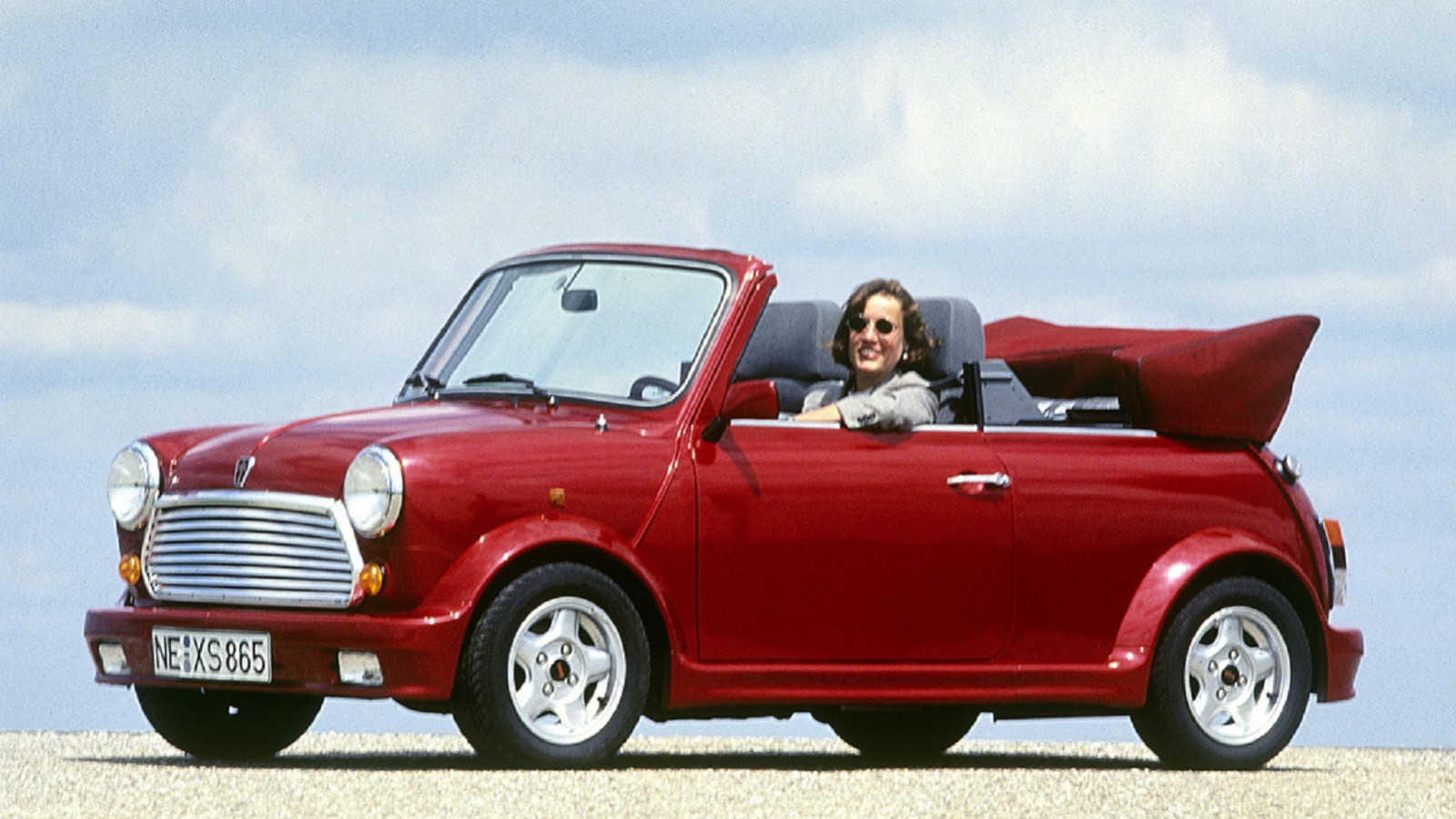 © Rover
© Rover -
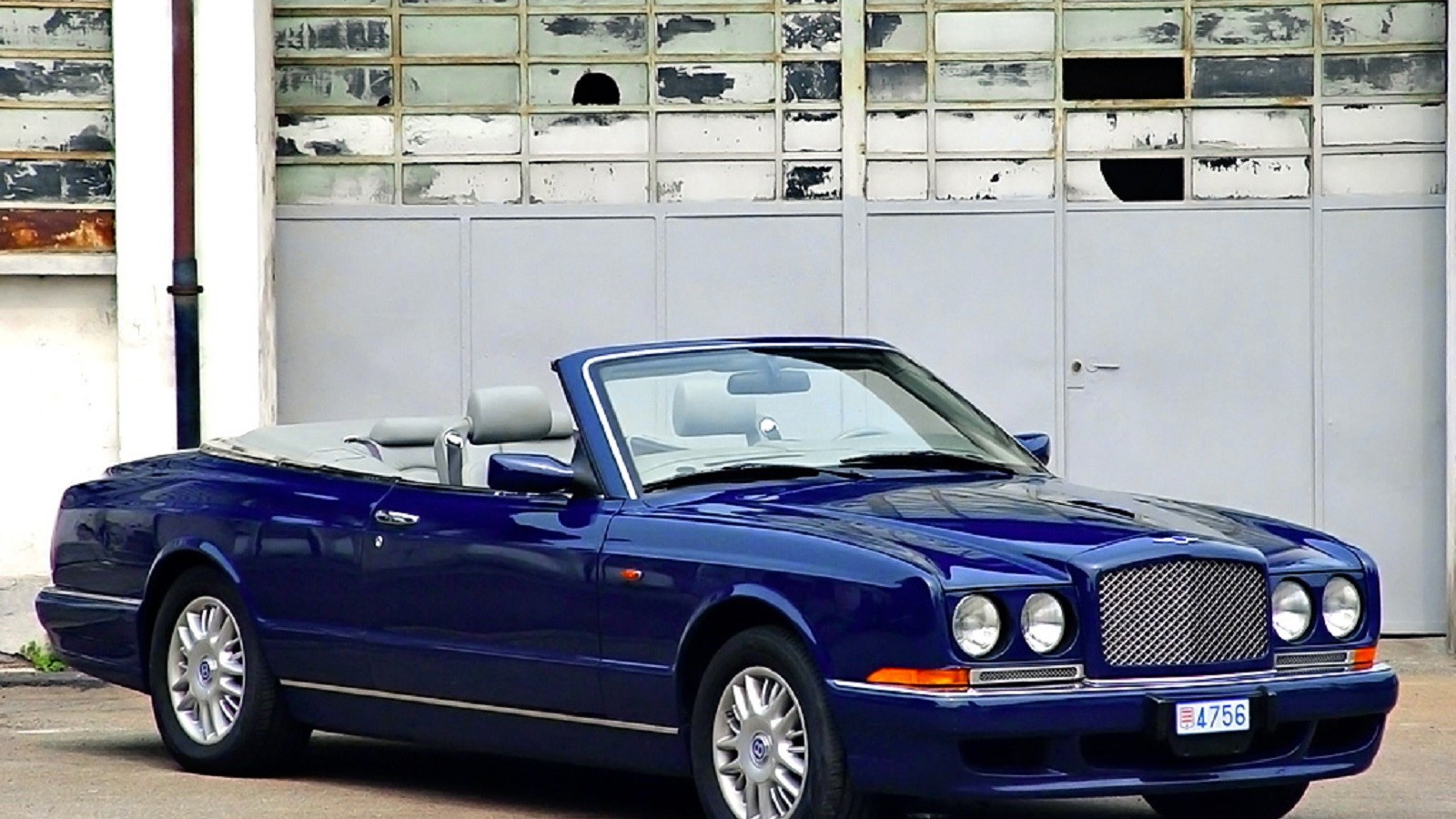 © Bentley
© Bentley
-
Travelling four-up in open-top style
Not all soft-tops are sports cars and two-seaters, so here are some of our favourite four-seat convertibles that deliver glamour and driving pleasure in equal measure.
Whether you want a four-seat cabriolet with a prestige badge or prefer to pass by in understated style, our list of 21 drop-tops will have something for everyone.
The cars are arranged in chronological order.
-
1. 1929 Riley Lynx
The Lynx was the name applied to a number of four-seat, open-body cars in the Riley range from 1929 onwards.
First to receive the Lynx convertible style was the 14/6 with its modest 1633cc six-cylinder engine, while the Nine model in 1933 offered a more affordable way into tourer ownership with its modest 1087cc engine.
Not every Riley model was offered with the Lynx coachwork, but those that were enjoyed a low-slung look, helped by Riley’s patented sunken footwells.
Riley also offered the Lynx body in two- and four-door styles, so customers had a good deal more choice than many of the British firm’s main rivals with factory-fitted bodywork.
-
2. 1936 MG SA
The MG SA was not a sports car, but a fast tourer aimed at well-heeled buyers wanting something sleek with plenty of performance.
For those who chose the SA with a four-seat convertible body, this is exactly what they got, because it had the style and could back it up thanks to the powerful 2288 and later 2322cc straight-six engines.
The Wolseley-derived motor was quite tall, which could have upset the lines of the MG SA open-top.
However, the company avoided this by using horizontal dashpots for the downdraught carburettors to keep with a low bonnet line.
Pace was unaffected and the SA was able to top 80mph to offer easy touring ability.
-
3. 1950 Ford Consul Convertible
Ford’s Mk1 Consul Convertible, and its six-cylinder Zephyr sibling, were among the first post-war four-seat convertibles offered off the shelf by a volume car maker.
The US-inspired clean lines of the Consul leant themselves well to the roof chop carried out by Carbodies to create the Convertible – it instantly added a big dose of glamour to the Ford range.
With the Consul, the owner had to work the hood manually, but Zephyr drivers could retract and raise the hood electrically.
It could also be folded back to the de ville position if you wanted to keep the rear seats covered from the elements. When fully folded, the Ford’s hood sat neatly flush behind the rear seats.
-
4. 1955 Chevrolet Bel Air
Taking its name from a chic district in Los Angeles, the Chevrolet Bel Air Convertible first arrived in 1952.
However, it was the second-generation version of 1955 that really captured the hearts and wallets of US buyers looking for a four-seat drop-top.
The chrome-and-curves style was an instant hit, and the option of a V8 engine for this model made it all the more appealing.
With plenty of space inside for four, or even more, passengers, the Chevy Bel Air Convertible sold very strongly and has become one of the most instantly recognisable American classic cars.
-
5. 1958 Citroën DS Décapotable
The Citroën DS was ripe for converting into a swish four-seat convertible, but it took the French firm three years on from the model’s 1955 launch until it added the Décapotable.
Cars supplied through Citroen’s dealer network were known as the Décapotable Cabriolet d’Usine and produced by close partner Henri Chapron. By 1973, only 1365 such cars had been built.
These models used reinforced sills and rear suspension to cope with the loss of the roof.
Chapron also made a handful of DS convertibles to its own design, including the landaulets favoured by French President Charles de Gaulle for ceremonial duties.
-
6. 1959 Cadillac Series 62 Convertible
In 1959, Cadillac reached the peak of its fins-and-chrome look with the Series 62 models.
The glitziest of the lot was the Convertible that had the added drama of a powered hood, leaving the driver the onerous task of working a couple of latches to release or secure the roof.
The vast size of the Series 62 Convertible provided ample room in the cabin for four to go cruising.
Cadillac made it simple for rear passengers to get in to the back thanks to the upper cushion of the front seats not only tilting forwards, but also in at an angle to allow the most space possible, even with the roof up.
-
7. 1961 Lincoln Continental Convertible
The large flat expanses of bodywork on the new-look Lincoln Continental Convertible of 1961 could have ended up seeming slab-sided, but instead it looked clean-cut and ready for the new decade.
Buyers had a straight choice with this fourth-generation Continental between four-door sedan and convertible versions.
The drop-top, with its lengthy power-operated hood, kept the clap-hand four-door style of the saloon rather than take the easier route of two-door styling.
It made the Lincoln stand out in any crowd and allowed those in the rear unhindered access, whether the roof was up or down.
Always an exclusive machine, only 2857 of this Lincoln Continental Convertible were made.
-
8. 1962 Mercedes-Benz 300SE Cabriolet
Sharing the same Teutonically elegant lines as the smaller-engined 250 and 280 models, the 300SE Cabriolet addressed the underpowered nature of its siblings.
The 158 and later 168bhp 3-litre straight-six was not exactly potent, but its smooth nature made it a better all-round four-seat tourer.
For those who wanted more power, they would have to wait for the V8-engined 280SE 3.5 that arrived in 1969.
Further aiding the 300SE Cabriolet in its calm demeanour was the same self-levelling air suspension set-up from the saloon model.
It gave the 300SE a serene manner that only Rolls-Royce could rival when it launched the Corniche convertible in 1965.
-
9. 1963 Alvis TE21
Alvis built more of its earlier TD21 model than the TE21 of 1963, but the later car is the better all-round tourer, thanks its uprated 3-litre engine – if you can find one of the very rare TF21 Drophead Coupés, this is even better with a yet-more potent motor.
The TE21 strikes a good balance between the models that bookend it in Alvis’ history, and it’s one of the most restrained and stylish four-seat convertibles of its period.
The body was handbuilt by Park Ward and is quickly spotted from the earlier TD model by its stacked twin headlights.
-
10. 1965 Rolls-Royce Silver Shadow Convertible
Better known as the Corniche, Rolls-Royce didn’t adopt that name until 1971 when the Silver Shadow Convertible gained all the updates that its saloon sibling received.
Based on the saloon platform, the conversion to open four-seat body was carried out by Mulliner Park Ward and it gave the car its own subtly different look.
Only 505 of the Silver Shadow Convertibles were built up to 1971, while the Corniche version that followed lasted all the way to 1994.
A total of 5137 Corniches were built and it was the final of the Silver Shadow models, lasting alongside the Silver Spur as Rolls-Royce’s cabriolet offering.
-
11. 1966 Aston Martin DB6 Volante
Following the introduction of the DB6 saloon the year before, Aston Martin drew in the crowds at the 1966 London Motor Show with the Volante drop-top.
While some had not been keen on the DB6 saloon’s Kamm-style tail end, it lent itself well to the Volante convertible.
The 282bhp power of the 4-litre straight-six engine was needed to make sure the Volante stayed ahead of the competition.
Unusually, the open-top Volante was marginally lighter than the saloon, weighing 3232lb (1466kg) compared to the saloon’s 3236lb (1468kg).
-
12. 1966 Triumph Vitesse 2-Litre
Triumph had launched the Vitesse as a more powerful version of the Herald in 1962, but the Mk2 of 1966 saw the 1596cc six-cylinder engine replaced with the 1998cc unit from the 2000 saloon.
It gave the Vitesse the pace it deserved and made the Convertible a surprisingly quick four-seat cabriolet.
A revised model appeared in 1968 with updated rear suspension for improved handling, but any Vitesse 2-Litre makes for a nippy four-seat open-top classic car.
It also doesn’t sacrifice rear-passenger space when the hood is in the raised position, so it’s a practical car for longer trips, too.
-
13. 1970 Triumph Stag
Whatever problems the Stag endured in its early life, there was no faulting the design and ambition of this Triumph four-seat convertible.
It easily warranted being considered alongside the Mercedes-Benz SL for its relaxed drive and strong performance, and the Brit provided comfortable seating for four where its German opponent couldn’t.
The trademark T-bar roof was there for improved safety in case of a roll-over, while a removable hardtop turned the Stag into a superb year-round car.
The only niggle with the convertible hood was the lack of rear side windows, which could make some driving manoeuvres trickier than they were when the roof was lowered.
-
14. 1980 Reliant Scimitar GTC
The Scimitar GTE’s time was fading by the start of the 1980s, but Reliant cleverly added the GTC four-seat convertible to extend the appeal of the SE6b model.
Similar to the Triumph Stag, the GTC used a T-bar design that retained body strength while allowing for an open cabin.
Good looks allied to strong performance from the Ford-sourced 2.8-litre V6 should have made the GTC a runaway success when it had so few rivals.
However, the Scimitar arrived as the world was in an economic recession and just 443 GTC were sold by the time production ended in 1985.
-
15. 1984 Ferrari Mondial Cabriolet
Ferrari had been dabbling with four-seater coupés for a long time, but the Mondial Cabriolet was the firm’s first open-top with this many seats.
While the Mondial coupé was overlooked by many when new, the Cabriolet was a more dramatic prospect with its clean lines by Pininfarina.
The electrically folding roof was all part of the luxury approach Ferrari took with its Mondial Cabriolet, which also included air conditioning for when it was too hot to lower the roof.
A more powerful 267bhp 3.2-litre V8 engine arrived in 1986, then the 296bhp 3.4-litre motor in 1989, which saw the Cabriolet through to the end of production in 1994. By then, 629 Mondial Cabriolets had been sold.
-
16. 1986 BMW 3 Series
BMW had made a 3 Series convertible already with help from Baur, but the result was a car with a large central roll hoop.
In 1986, that all changed with BMW’s in-house Convertible version of its handsome E30 two-door saloon. At a stroke, BMW now had one of the best-looking, four-seat cabrios on the market.
A measure of how good the E30 Convertible’s styling was is it sold 143,425 cars in eight years.
A strengthened windscreen frame made sure it drove as well as the saloon, and BMW widened the range from the original 325i version with the 320i in 1987, then the 318i in 1991.
-
17. 1986 Saab 900 turbo
Saab first launched its 900 Convertible in 1986 in the US, but it took until 1990 for it to arrive in the UK market.
Wherever you were, the 900 soft-top’s smooth lines were every bit as distinctive as you’d expect of the Swedish maker. The body was also considerably strengthened to make sure it remained flex-free.
One of the roomier four-seat convertibles of the period, Saab made sure it was a good performer, too.
The 900 turbo’s 2-litre engine delivered 0-60mph in 7.5 secs and a 126mph top speed, so this svelte convertible could also mix it with the hot-hatch brigade of the same era.
-
18. 1991 Audi Cabriolet
The Audi Cabriolet gained the ultimate boost to its image when Princess Diana bought one in 1994 and was regularly photographed in it.
Audi couldn’t have bought that sort of publicity for the Cabriolet that had gone on sale in 1991 to a relatively muted response. It had sleek, clean lines, but the BMW 3 Series was a keener drive.
However, as time passed, the Audi Cabriolet became admired for its understated looks, solid build and, with the V6 engines, good performance.
The thickly padded roof offered excellent insulation from the weather and noise when it was raised, and it could be dropped quickly and electrically at the touch of a button.
-
19. 1991 Mercedes-Benz 124-series
It’s a mystery why it took Mercedes so long to add the cabriolet version to the 124-series range that was launched in 1987 as a coupé.
When the cabrio did arrive in 1991, it was an immediate success thanks to its graceful lines and peerless build quality, as well as a cabin that offered plenty of room for four to travel in understated style.
Another mystery with the 124-series cabriolet is why Mercedes-Benz thought buyers would stomach a manually operated roof as standard – a powered version was an option and almost every customer ticked this box.
In addition, most were also sold with Mercedes’ smooth automatic gearbox rather than the clunky manual transmission.
-
20. 1993 Rover Mini Convertible
Several companies had tried to turn the Mini into a convertible over the years with varying degrees of success.
When Rover got round to offering a factory-supplied open-top version of the long-running Mini, it turned to German coachbuilder Lamm which had already been converting the car. In essence, all Rover did was add its official seal of approval to the conversion.
While other Mini drop-top conversions saw the rear seats become unusable, Lamm retained them as passable seats by packing the hood up and around the rear deck of the Mini.
It made for a very pram-like appearance when the roof was lowered, but it did retain some practicality.
Come the end of production in 1996, 1081 Mini Convertibles had been sold – not bad considering it cost more than twice the price of a basic Mini saloon.
-
21. 1995 Bentley Azure
Bentley knew its customers would love a no-expense-spared, four-seat convertible to replace the Corniche that had come to an end in 1994.
The Azure was the result of this plan and it embraced opulence like never before with its fit and finish, and the design of its hood that sealed out the world almost as well as a saloon when it was raised.
Pininfarina took care of installing the hood on each Azure before the cars were shipped back to the Crewe factory for completion.
Under the bonnet was a 6.75-litre V8 that gave a 150mph top speed, which was very much in keeping with this being the ultimate convertible Bentley had made up to then.
In eight years, 1311 Azures were produced.
